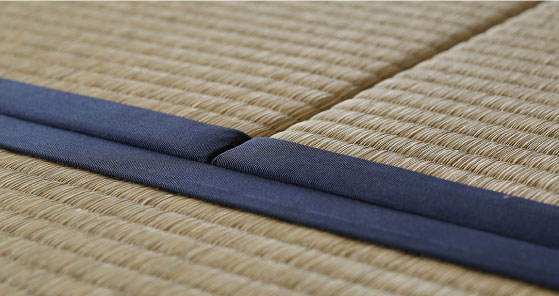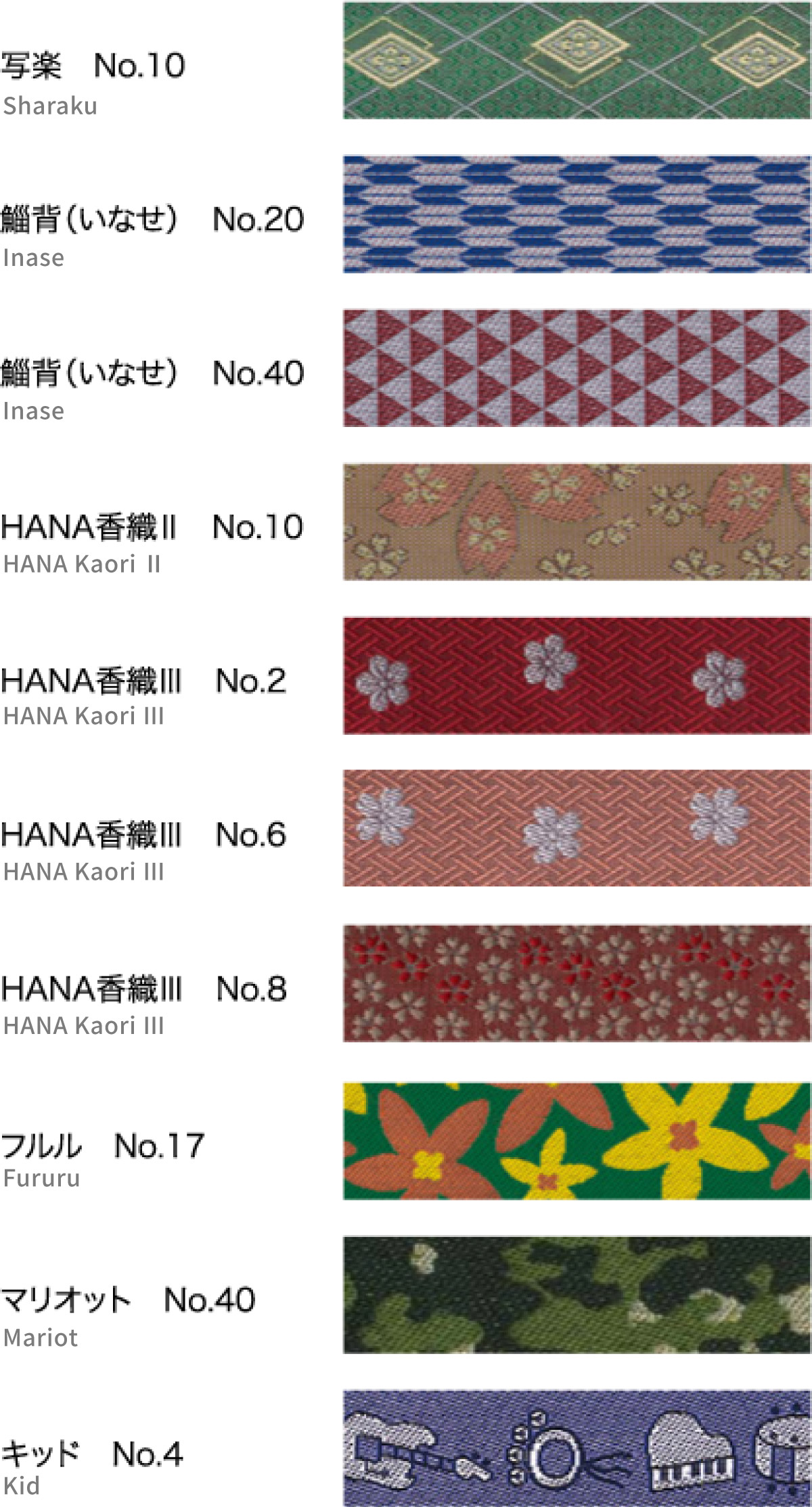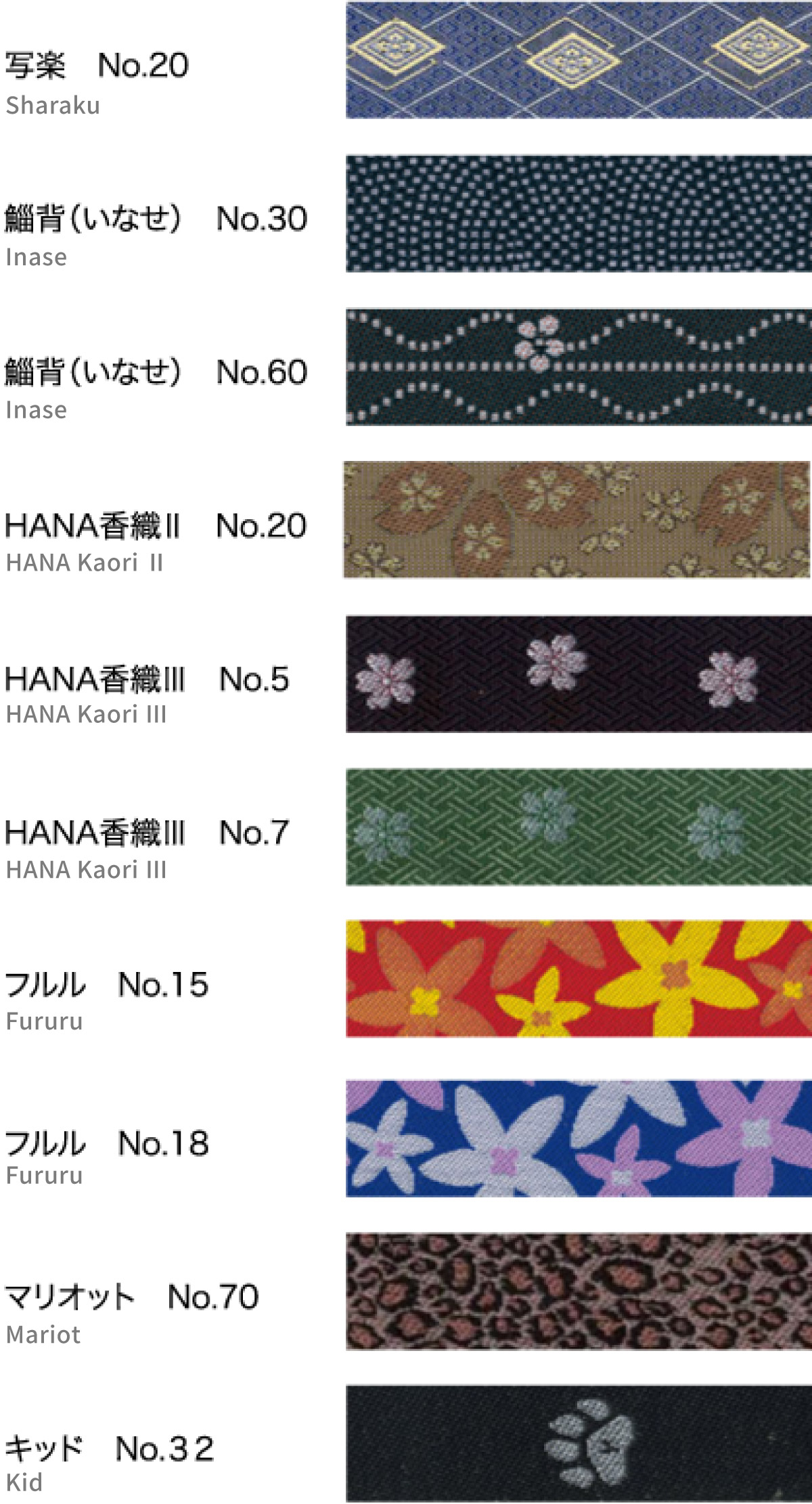Domestic rushes produced in Kumamoto prefecture
Over 1300years, rush(Igusa)has been alive in Japanese life style.
Rush absorbs humidity when air is moist, and when it’s dry they release humidity.
Our ancestors might keep their health taking tatami into their lives.
For long long time rush has supported our lives.
Rush has various functions – heat insulation, elasticity, sound absorbency and soundproof of tatami – .
All of tatami nature are earth-friendly and human-friendly.
Of course, future-friendly.
It has bee discovered that rush has antibacterial action against food poisoning bacterial like pathogen E‐Coli O‐157,
Salmonella, Staphylococcus aureus or putrefactive bacteria like Bacillus and Micrococcus.
In other words, rush is natural antibacterial material.
In recent research, it has been discovered that rush has antibacterial action against Legionella pneumophila.
As part of research, rush bath – crushed and packed rush grass in the bath – has begun in a hotel in Yachiyo city.
When we take a rush bath, we feel our skin become smooth.
And aqueous solution of rush has the effect of reducing foot odor.
Rush is now used not only for tatami but also other purposes.
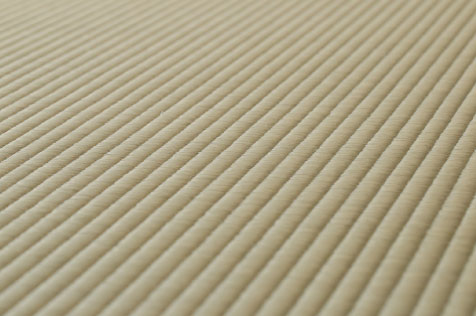
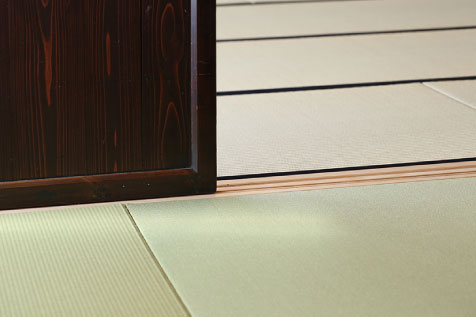
Sample photos of tatami edge.
Please feel free to contact us if you want to check other variation.
Actual color may be different from one in the sample photo.
